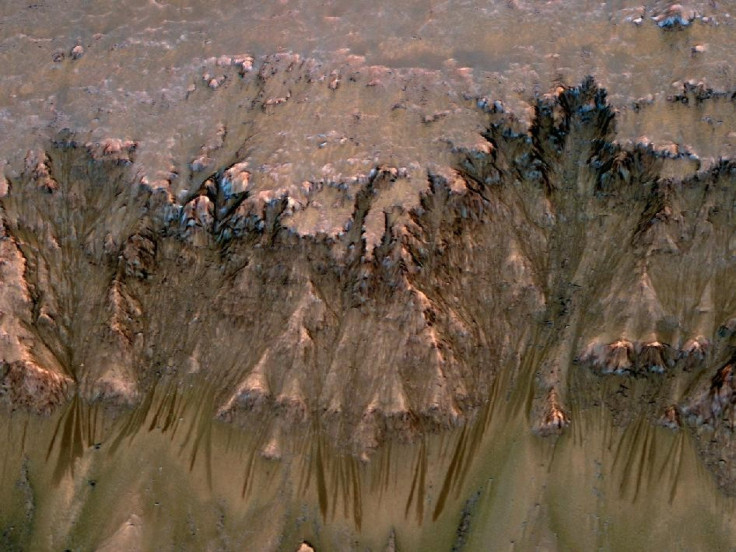Timeline: United States Budget Allocation for NASA

NASA's achievements are commendable considering its results between 1960 and 1970, especially for putting men on the moon. However, NASA's recent performance and its discoveries are considered to be of no practical value for mankind. There are various other causes that require funds in the United States rather than allocating more funds for NASA. When United States is facing a downturn in its economy, NASA is clearly felt as a luxury. Though the pros and cons have been reining the federal budget for some time, the Obama administration decided to reduce the budget allocation drastically for NASA from 2009.
The timeline here helps you understand the budget allocation for NASA by the United States from 1960s. It also helps to understand the percentage of federal spending towards NASA. Some of achievements and disasters on Space have been highlighted here.
1958 - NASA founded and begins operation. United States allocates $89 million for NASA under the presidency of Dwight D Eisenhower. This expenditure is 0.1 % of the total federal spending. Space program brings enthusiasm in Americans after the launch of Sputnik in 1957 by Russians. Also, space program receives an overwhelming response among US public because space program in Soviet Union is considered a threat to U.S. security.
1962 - United States allocates $1257 million for NASA under the presidency of John F Kennedy. This amount is equal to 1.18% of the total US federal spending for the year. Much of the funds help in the Apollo program which began this year.
1966 - This is an important year in the history of United States' space mission for it allocates $5933 million for NASA which is equal to 4.41 % of the total US federal spending. This is the highest ever funding allocated for NASA in terms of percentage federal spending.
1970 - The gradual decline of US budget for NASA from 1967 comes down further to 1.92% of the total federal spending. Richard Nixon remains as the President of US.
1986 - The percentage of US spending on NASA touches a new low of 0.75. This is mainly because NASA's popularity started diminishing with the disastrous crash of the Challenger. The disaster causes an apparent delay of 32 months before resumption of active shuttle program.
1991 - Budget allocation towards NASA increases gradually under the presidency of George W Bush. A total of $13878 million i.e 1.05% of total federal spending is allocated for NASA. NASA receives more or less a similar budget in the next two years. Space programs are restructured to improve performance.
1996 - NASA receives an amount of $13881 million as its allocation from US which is equal to 0.89% of the total federal spending. Bill Clinton remains as the President of United States. United States is more focused on a stable and balanced national space program that serves the interests of national security, foreign policy, economic growth, environmental, scientific and technical excellence.
2001 - The next four years from 1996 until 2000, there was a gradual decrease in fund allocation for NASA. United States spends $14,095 million for NASA, 0.76% of the total federal spending during the presidency of George W Bush. The allocation percentage has never seen any increase for long.
2003 - Crash of Columbia brings concern about NASA'a ability to perform as a space venture in the coming years. United States allocates $14, 610 million for NASA which is equal to 0.68% of the total federal spending. Considering the amount of dollars spent, NASA's outcome fail to please the public.
2011 - The budget is cut drastically as United States is reeling under debt crisis. The closure of Atlantis space shuttle brings an end to the manned and unmanned moon mission in the coming decades. United States allocates $17,863 million for NASA, a 0.47% out of the total federal spending. Along with the reduction in budget allocation, the Obama administration aims at private firms to ship astronauts to the International Space Station.
© Copyright IBTimes 2024. All rights reserved.





















